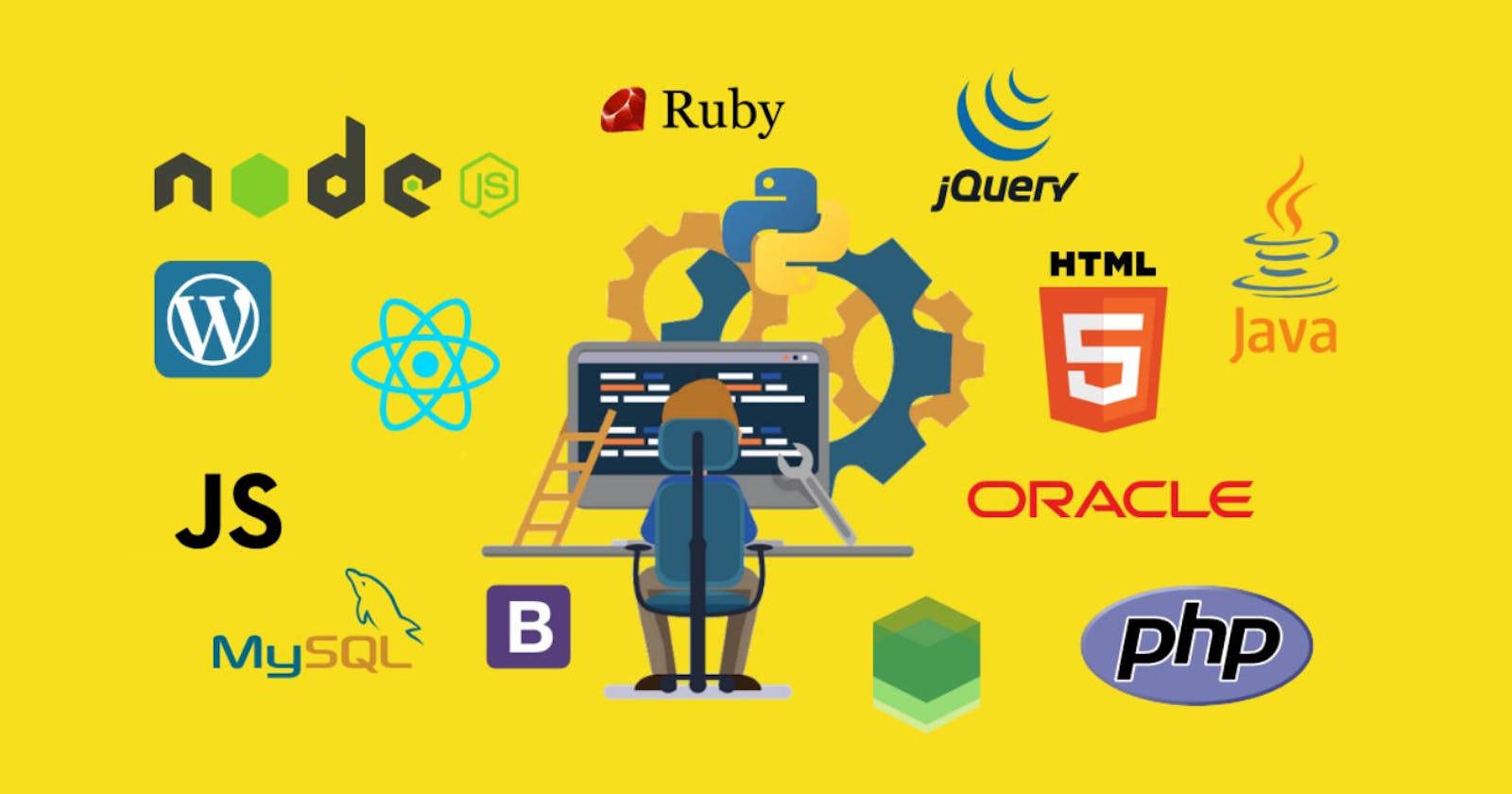A technology stack, also called a solutions stack or a data ecosystem, is a list of all the technology services used to build and run one single application.
A tech stack quickly summarizes the programming languages, frameworks, and tools a developer would need to interface with the application. Because most coding languages have well-known performance attributes and limitations, the tech stack hints at the overall application’s strengths and weaknesses.
Examples of Tech Stacks From Top-Performing Companies
Amazon
- Java
- MySQL
- AngularJS
- Amazon EC2
- Amazon S3
- Amazon RDS
- Amazon DynamoDB
- Perl
- Amazon SQS
- Amazon VPC
- Amazon ElastiCache and more
- PHP
- React
- GraphQL
- Memcached
- Cassandra
- Flux
- Prepack
- Buck
- McRouter
- Beringei
- Yoga
- C++
- Haskell
- Erlang
- HBase
- MariaDB
- Hadoop
- MySQL
- Swift and more
- Python
- Java
- Go
- AngularJs
- C++
- Dart
- Preact
- LevelDB and more
Slack
- JavaScript
- ES6
- Electron
- PHP
- Java
- Kotlin
- Objective C
- Swift
- Hacklang
- MySQL
- Vitess
- Memcached
- Hadoop
- Kafka and more
Top Web Development Tech Stacks
MEAN
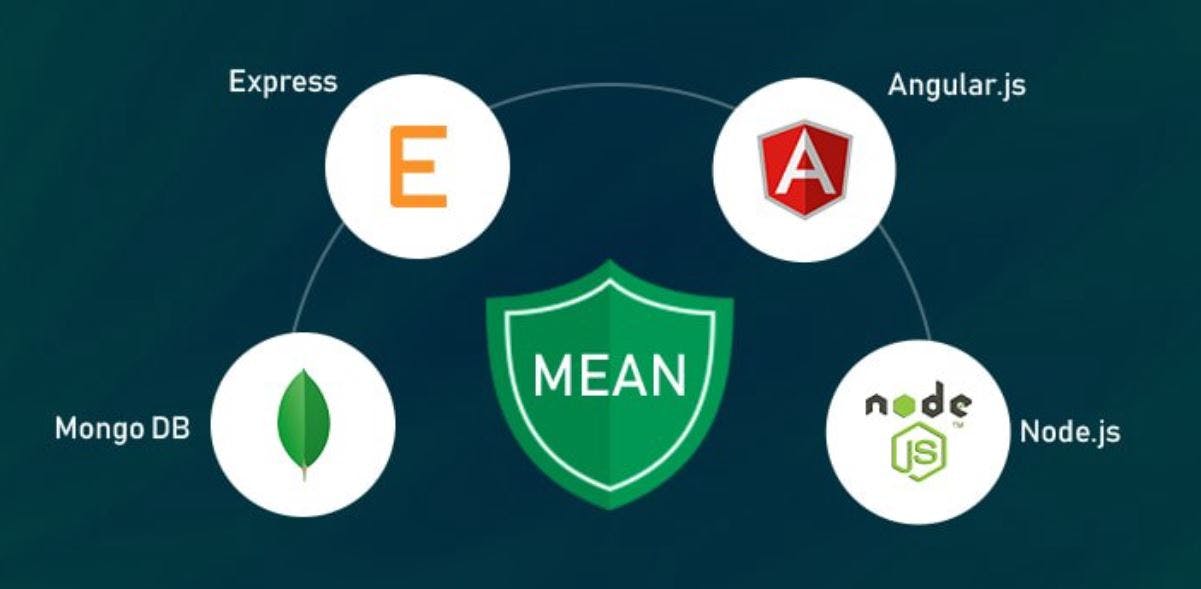
MEAN Technology Stack comprises :
- MongoDB (NoSQL DB),
- Express.js (backend web framework),
- Angular.js (front-end framework),
- Node.js (open source cross-platform server) and is used in developing complex mobile and web responsive applications.
MEAN brings numerous benefits to web developers. Among these benefits are the use of a single language (JavaScript) and the underlying technologies are open source and free.
MEAN provides a practical approach to creating fast and highly efficient apps.
All the components speak JSON (JavaScript Object Notations) for data transmission and free module library access.
This tech stack helps to build scalable software products. It’s great for all types of websites and interactive applications.
MERN
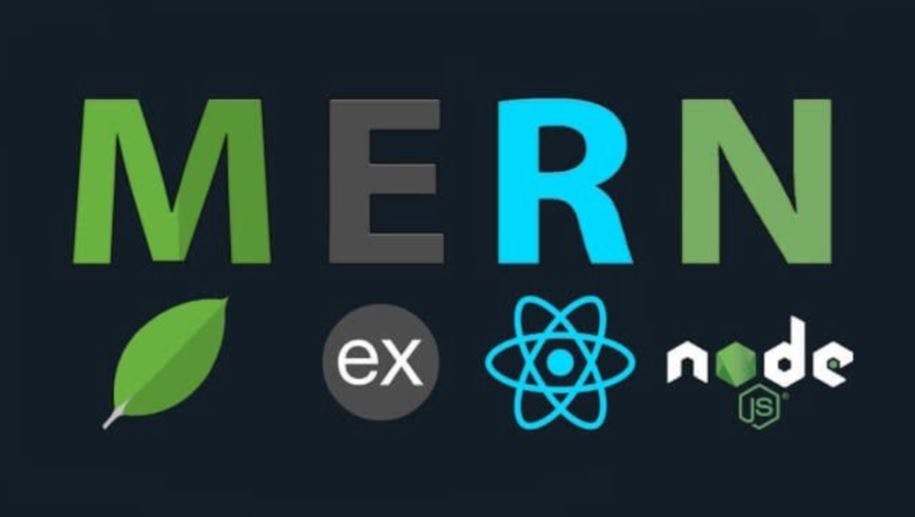
The MERN stack is very similar to MEAN, in which React replaces Angular.
Since React uses Virtual DOM, changes can be implemented easily. React uses JSX, which is a modification of JavaScript, enabling seamless component work.
React is one of the most popular frameworks used for building high-end, single-page applications with interactive UIs.
React is a popular framework known for being flexible and performance-oriented that enables the building of top-end single-page apps with interactive interfaces.
MEVN
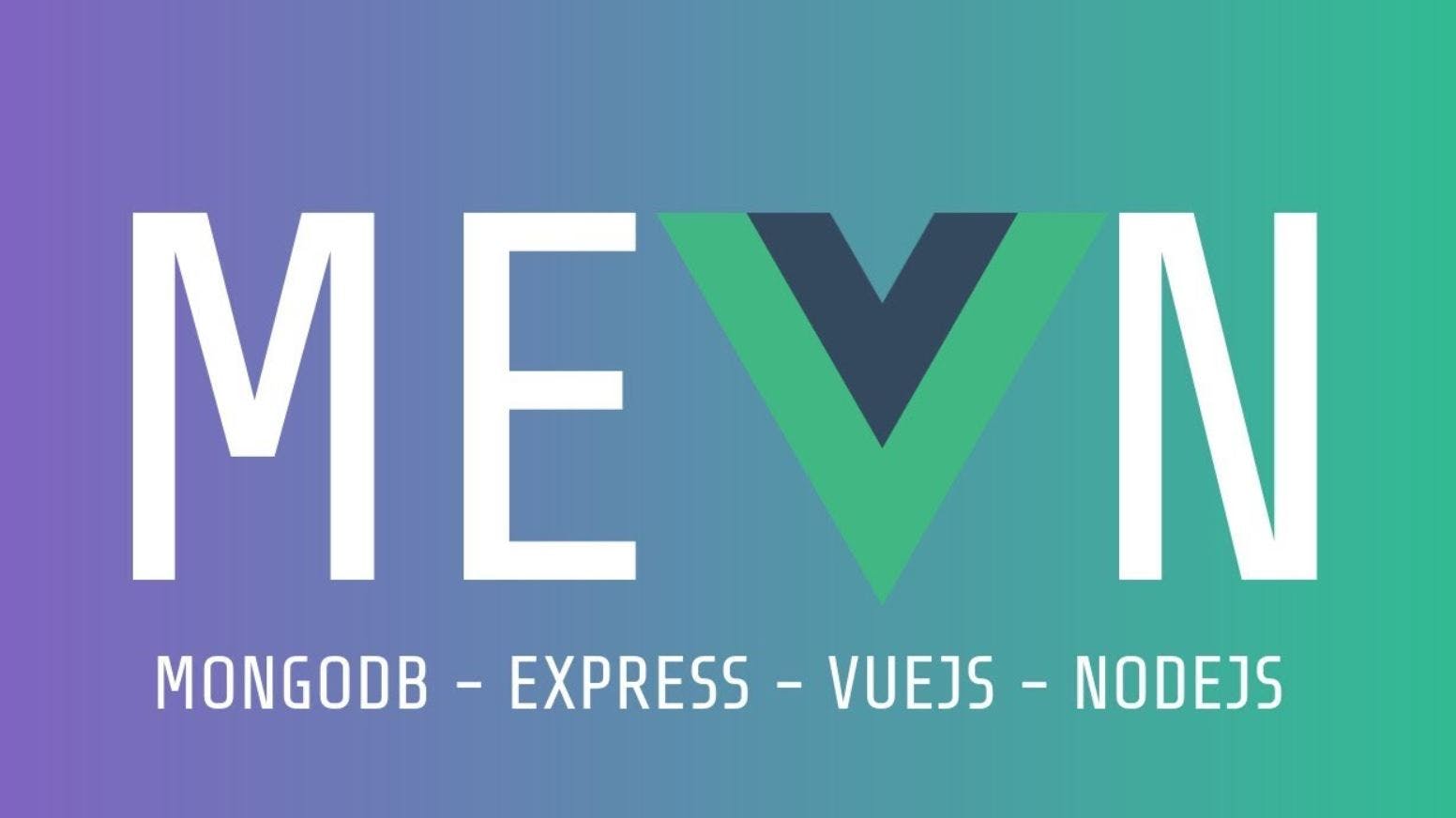
Being similar to the MEAN stack, Vue.js replaces Angular.js as the frontend web framework in the MEVN web development technology stack.
Vue.js popularity has risen over the past few years due to its incorporation of the topmost features of React and Angular.
It offers out-of-the-box functionality along with a great set of tools. Using third-party services, one can further extend the functionalities of Vue.js.
The Vue.js development services bring forth a lightweight solution in comparison to the Angular.js framework.
Vue.js has a clear programming style, is easy to learn, and exhibits superior performance for web applications, and has made itself a safe space in web development stacks.
LAMP
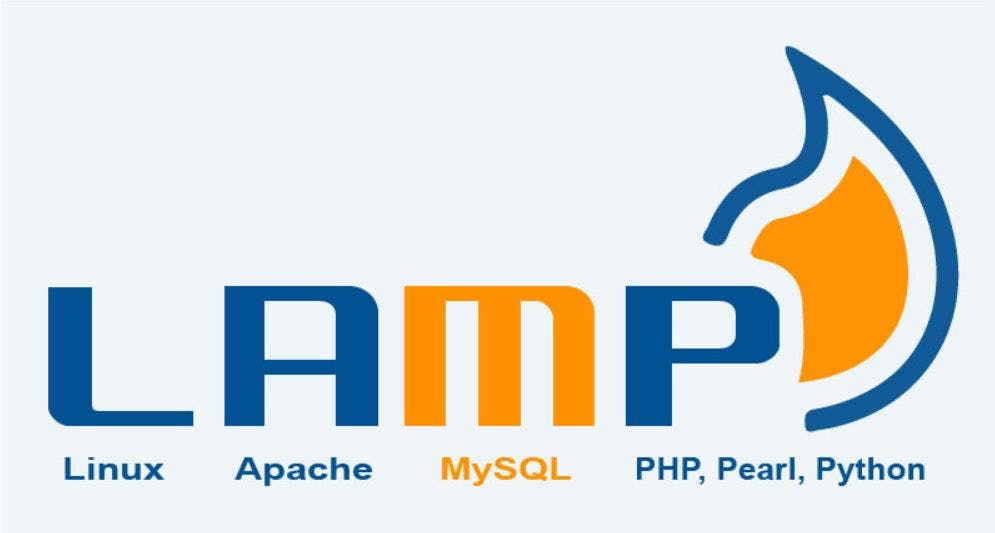
- Linux (operating system)
- Apache (HTTP server)
- MySQL (relational database management)
- PHP (programming language, it can also be Perl or Python)
The Linux OS can be replaced with MacOS to change it to MAMP, while for MS Windows it changes to WAMP. The PHP programming language can be replaced with either Perl or the popular Python language.
The LAMP still remains one of the most common ways to deliver web applications and was one of the first open-source software stacks which is still widely used.
Popular open-source CMS such as WordPress and Drupal use LAMP.
The stability, simplicity, and power that accompany LAMP have made it the platform of choice for developing new custom web apps.
The LAMP stack can efficiently handle dynamic pages wherein the content changes every time it is loaded. LAMP being open-source and non-proprietary, you can choose components based on your specific business requirements.
Ruby on Rails
Ruby on Rails (RoR) is a developer-friendly web development programming environment that is open source, object-oriented, and uses Ruby which is a dynamic programming language.
Ruby on Rails development framework enables the development of lightweight applications that boost flexibility.
Ruby on Rails works in tandem with HTML, CSS, and JS for developing interactive user interfaces and XML or JSON for data transfer.
Python-Django
As the name suggests, the Python-Django tech stack is based on python language and uses the Django framework for back-end development.
With Apache as the server and MySQL database, this tech stack is an ideal choice when you want to build a quick web application, as an MVP.
Serverless

With the serverless technology stack, one can easily scale up to thousands of users immediately during sudden spikes, and scale down, too, as the spike subsides. The first abstract platform offering serverless computing was Google App Engine.
The main advantages of Serverless Technology Stack are : lower costs, fewer things to worry about , more focus on user experience, enhanced scalability.
JAMstack

JAMstack stands for JavaScript, APIs, and Markup.
The main idea behind building JAMstack websites and applications is to push as much of the load as possible away from the server and onto the client. By doing so, it dramatically reduces the number of requests sent to a server and thus eliminates a lot of the waiting time that comes with a server handling a request and sending it back to the client.
Flutter
Flutter is a revolutionary technology stack of the cross-platform development industry.
The major components in Flutter comprise the Dart platform, Flutter engine, Foundation Library, and Design-specific Widgets.
Flutter is an open-source user interface software development program used for developing applications for the Web, iOS, Android, Mac, Windows, and Linux from a single codebase and business logic.
